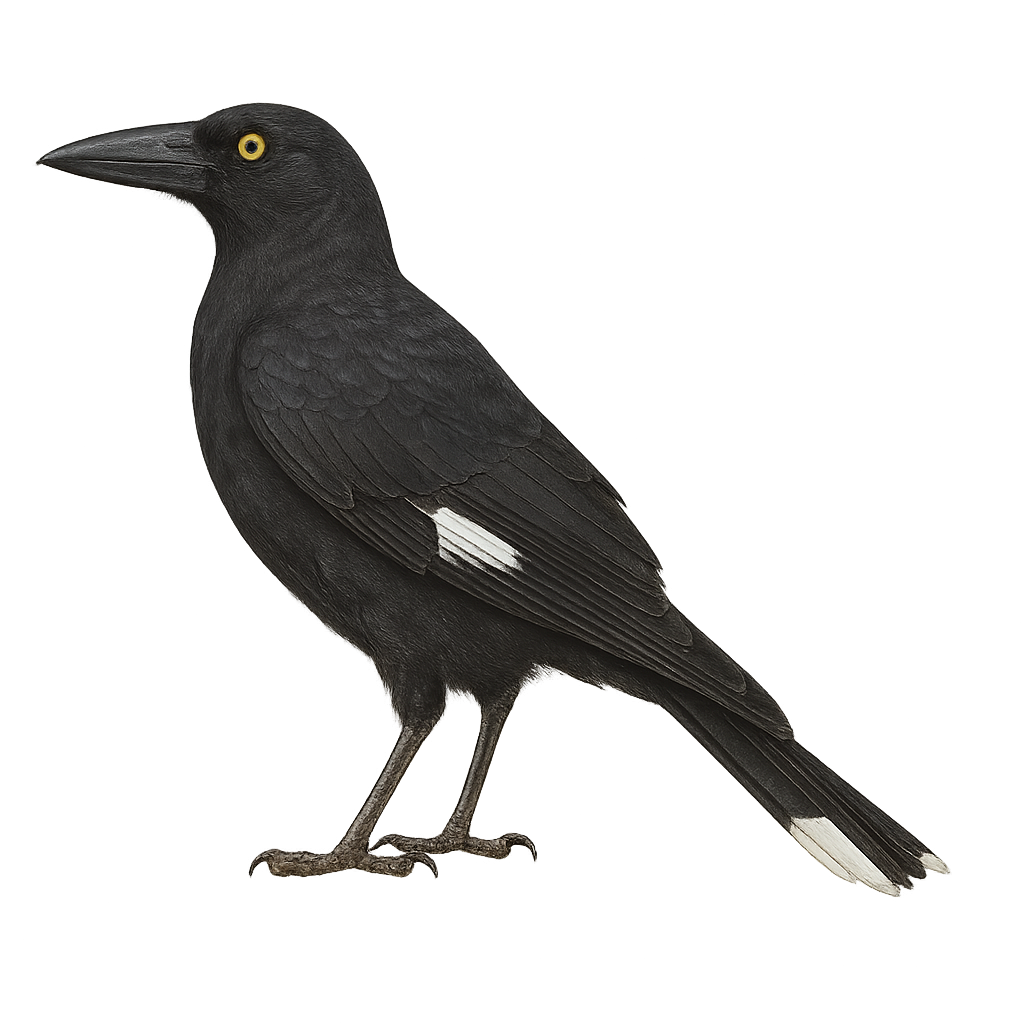Your wildlife photography guide.
Explore the pied currawong in detail, study its behavior, prepare your shots.
Where to observe and photograph the pied currawong in the wild
Learn where and when to spot the pied currawong in the wild, how to identify the species based on distinctive features, and what natural environments it inhabits. The WildlifePhotographer app offers tailored photography tips that reflect the pied currawong’s behavior, helping you capture better wildlife images. Explore the full species profile for key information including description, habitat, active periods, and approach techniques.
Pied Currawong
Scientific name: Strepera graculina

IUCN Status: Least Concern
Family: ARTAMIDAE
Group: Birds
Sensitivity to human approach: Suspicious
Minimum approach distance: 10 m
Courtship display: August to September
Incubation: 21-23 jours
Hatchings: August to October
Habitat:
Rainforests, open woodlands, urban parks
Activity period :
Primarily active during the day, with peak activity in the morning and late afternoon.
Identification and description:
The Pied Currawong, scientifically known as Strepera graculina, is a bird native to Australia, easily identified by its glossy black plumage and striking yellow eyes. It measures about 48 to 50 cm in length and has a strong, slightly hooked beak. This bird is often found in rainforests, open woodlands, and occasionally in urban parks. It is renowned for its melodious and varied song, which can include whistles, calls, and mimicry of other birds. As an opportunistic feeder, it primarily consumes fruits, insects, and small animals. The Pied Currawong is a social bird, often seen in small groups or pairs, especially during the breeding season.
Recommended lens:
400 mm – adjust based on distance, desired framing (portrait or habitat), and approach conditions.
Photography tips:
To photograph the Pied Currawong, opt for sunny mornings when natural light highlights its glossy black plumage. Use a 400mm lens or longer to capture precise details from a distance. Be patient and discreet, as this bird can be suspicious. Look for it in rainforests or urban parks where it is often active. Try to capture its social behavior in groups or pairs, and be ready to seize moments of singing, which add a lively dimension to your shots.
The WildlifePhotographer App is coming soon!
Be the first to explore the best nature spots, track rutting seasons, log your observations, and observe more wildlife.
Already 1 432 wildlife lovers subscribed worldwide

